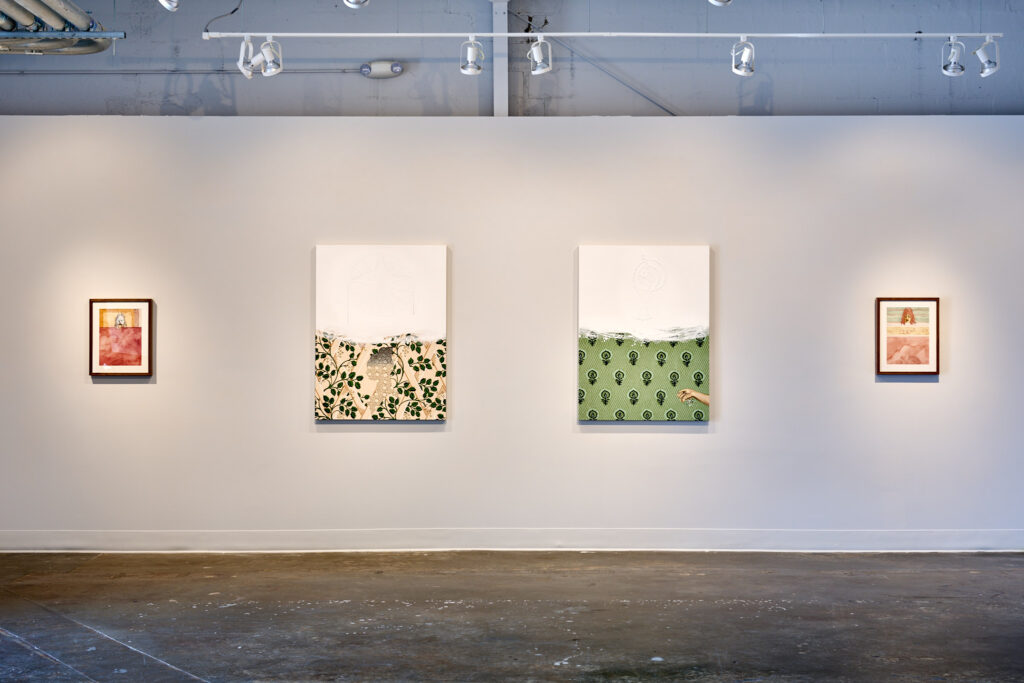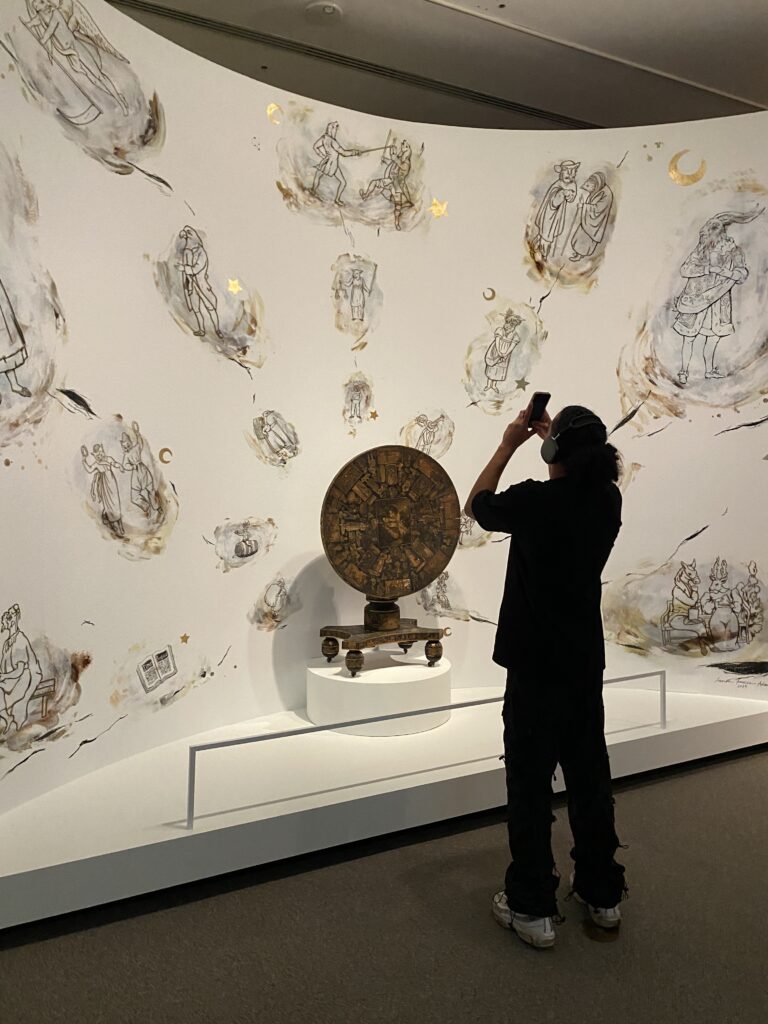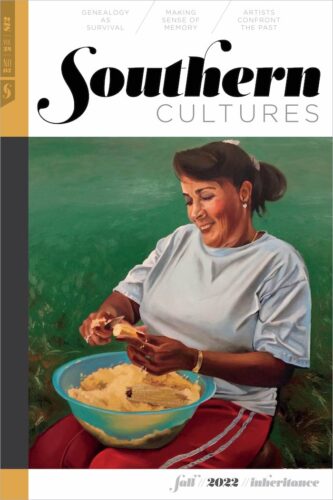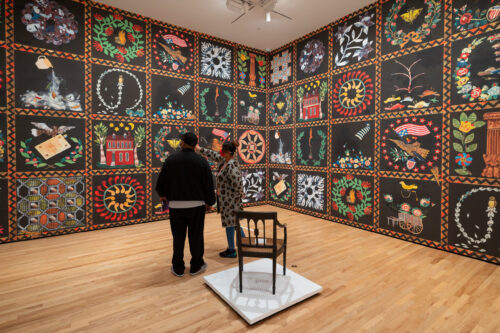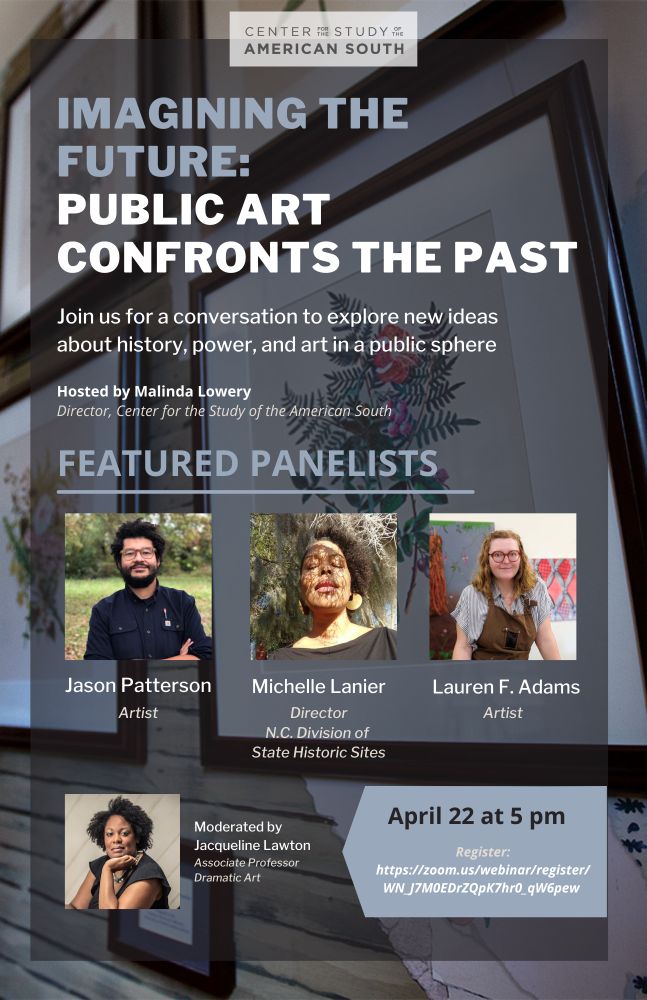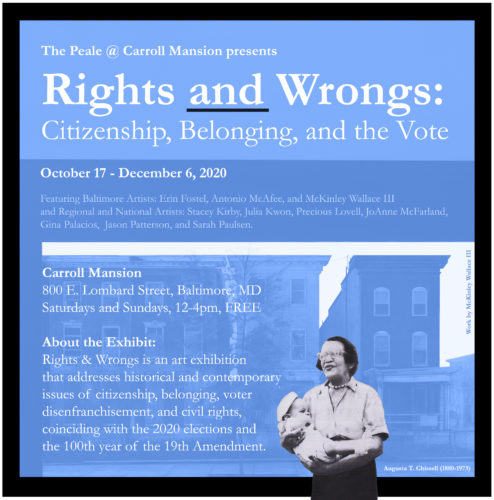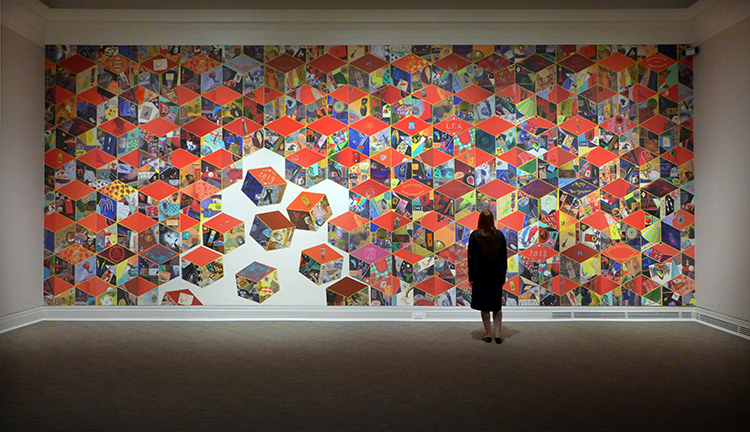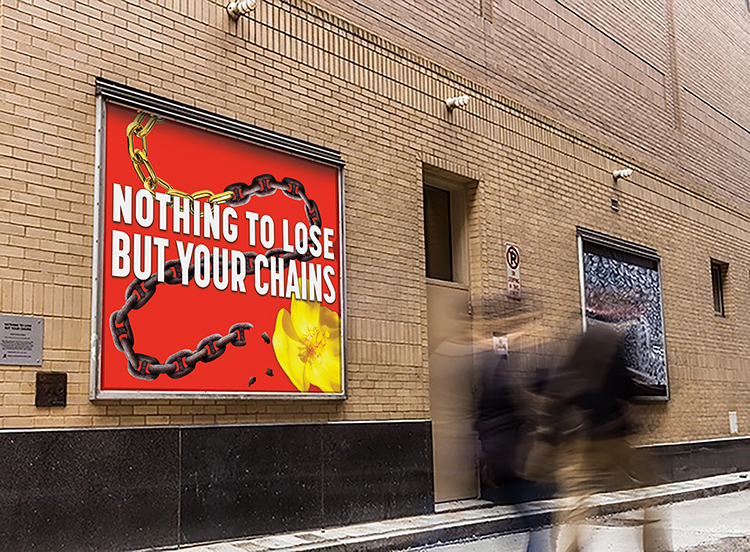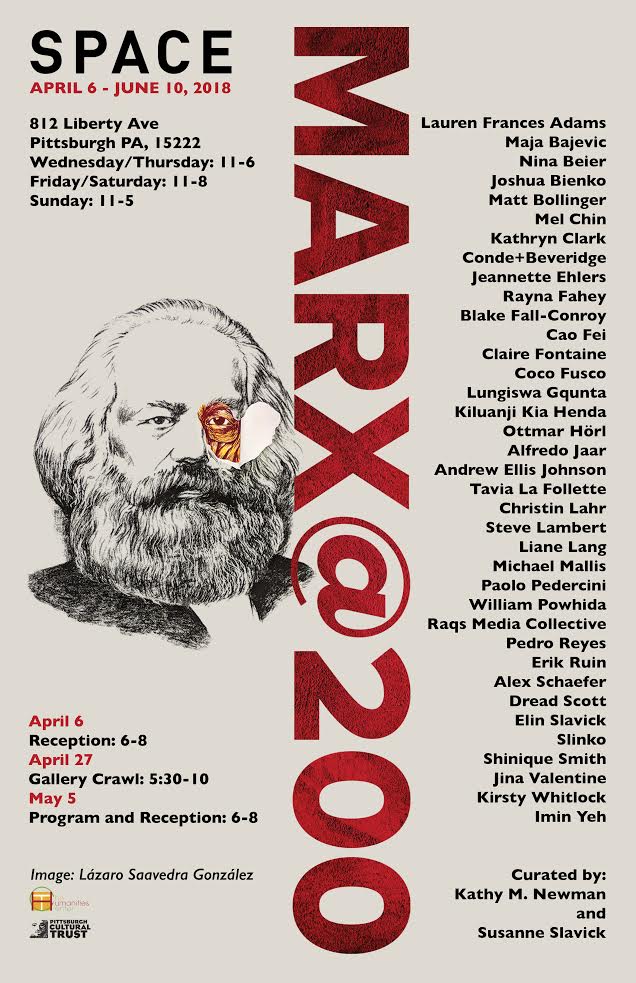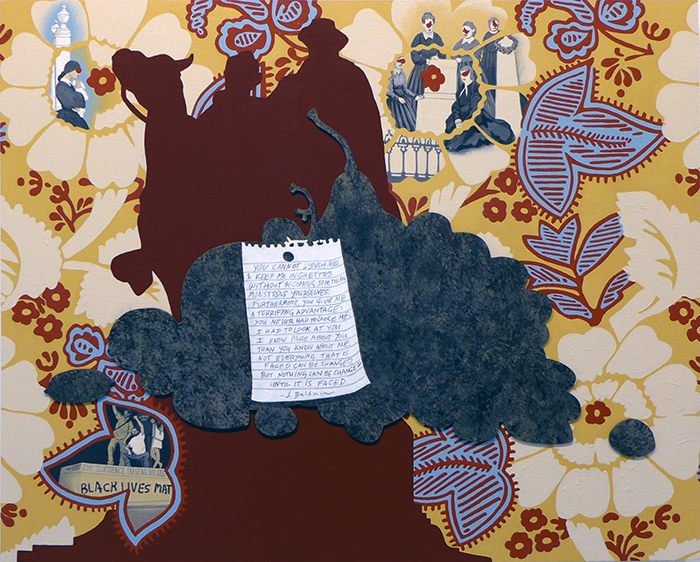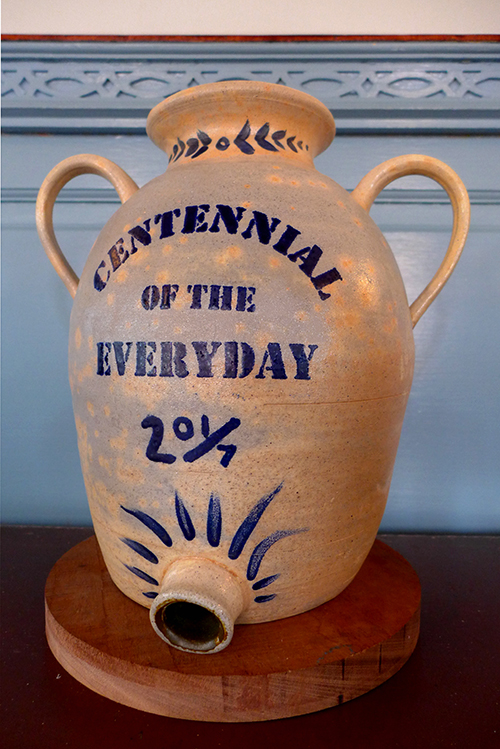
A Series of Site-Specific Contemporary Art Installations at Historic Gadsby’s Tavern Museum Shine Light on Overshadowed Stories from Alexandria’s Past
Baltimore artists Stewart Watson and Lauren Frances Adams are part of Time & Place, a public art series commissioned by the Alexandria Office of the Arts
Centennial of the Everyday: May 15 – September 3
Gadsby’s Tavern: 134 North Royal Street, Alexandria, Virginia
#TimeandPlaceALX
May 2, 2017 – Alexandria, Va. – The City of Alexandria’s Office of the Arts partners with Baltimore-based artists Stewart Watson and Lauren Frances Adams for a series of site-specific, all-media installations inspired by the history of Gadsby’s Tavern Museum. Centennial of the Everyday features artistic interventions tucked in among the historic exhibits. It will be on view May 15 – September 3, 2017, at the Museum, located at 134 North Royal Street.
The works reflects the artists’ in-depth research—documented via social media—on the history of women, enslaved people, and anonymous citizens whose stories are overshadowed by other more famous historic figures from the region, such as George Washington and Robert E. Lee.
In Centennial of the Everyday, historic ephemera takes on new contexts. With furniture, stoneware, and textiles as a starting point, Watson and Adams reflect domestic material culture of the past with modern techniques.
For example, in the room of the Female Stranger—an unidentified woman who died in Gadsby’s City Tavern in 1816—the pair created digitally design muslin bedding with a traditional cameo motif that seems to fall away as the pattern continues.
In the Museum’s Ballroom, the artists acknowledge the original Gadsby’s Ballroom, acquired 100 years ago, 1917, by the Metropolitan Museum of Art in New York. The woodwork now serves as a backdrop for the Met’s collection of Federalist furnishings in the American Wing.
Watson and Adams seek to turn the archival into the interactive. They identified personal stories of place and family history by interviewing people like the descendants of John Gadsby, as well as Nancy Syphax, an enslaved woman owned by Gadsby in the 19th century. Also included was a Gadsby’s Tavern Restaurant employee who has worked at the restaurant for two decades. In all, they collaborated with seven subjects, focusing on women and people of color. With these narratives, the pair created a fantastical sculptural installation for the Ballroom.
Using period chairs and altered furniture, these sculptures examine the extraordinary within the conventional. The duo’s artistic interventions are positioned throughout Gadsby’s Tavern Museum. Each highlight points from the Museum’s history and public-record archives and parallel the lived stories of present-day Alexandrians and the region’s rich diversity. Architectural fixtures, portraiture of anonymous women, pattern books, and newspaper articles take on new meaning when framed with themes of anonymity, loss, connectivity, and the fragility of memory.
“We hope our project encourages visitors to see history and identity in a new light,” said Watson. “These sculptures and site-specific works evoke the fragility and personal nature of memory.”
“We are thrilled to present our site-responsive work at Gadsby’s Tavern Museum,” said Adams. “Our work foregrounds the underappreciated narratives of many peoples from Alexandria’s rich history.”
This project is part of the Office of the Arts’ Time & Place series, which explores the intersection of contemporary art with Alexandria’s rich and multifaceted history. Using research-based practices and working in a variety of media, Stewart Watson and Lauren Frances Adams—along with Washington-based performance artist Sheldon Scott—have created thought-provoking temporary works that are inspired by the storied past of Gadsby’s Tavern.
“Time and Place shines new light on familiar stories and uses the arts to draws connections between past and present,” said Diane Ruggiero, director of the Alexandria Office of the Arts and Events.
Time & Place is a public-art program in partnership with the Office of Historic Alexandria. The goal is to foster exploration and dialogue about our region’s history and its continued reverberations within our community today. Follow #TimeandPlaceALX to join the conversation online. For more information, visit alexandriava.gov/94687.
The City of Alexandria is committed to compliance with the Americans with Disabilities Act. To request a reasonable accommodation or materials in an alternative format, contact Diane Ruggiero at 703.746.5590 (Virginia Relay 711) or diane.ruggiero@alexandriava.gov.
About the Artists
Based in Baltimore, Stewart Watson is the executive director, curator, and co-founder of AREA 405 and co-owner, founder, and president of Oliver Street Studios. She also teaches at the Maryland Institute College of Art. Watson has received four individual artist grants from the Maryland State Arts Council, two individual artist grants from the Baltimore Office of Promotion and the Arts, and was awarded with the 2010 Sadat Art for Peace Prize. Her work has been featured in BmoreArt, Baltimore magazine, Outpost Journal, The Washington Post, The Baltimore Sun, and ArtFCity. Watson received her master’s of fine art from the University of Maryland, where she was an Anne Truitt Scholar and a Daniel Nicholson Olkhe Award recipient. She earned her bachelor’s of fine art in sculpture from the Pennsylvania State University. She lives at Oliver Street Studios with her husband, son, their dogs, and cat.
Lauren Frances Adams has exhibited at the North Carolina Museum of Art; Nymans House National Trust in England; The Mattress Factory in Pittsburgh, Pennsylvania; Conner Contemporary in Washington, and Smack Mellon in Brooklyn. She attended the Skowhegan School of Painting and Sculpture, and has held residencies at the Cite in Paris, Joan Mitchell Center in New Orleans, and the Sacatar Foundation in Brazil. She is the recipient of a 2016 Pollock-Krasner Foundation Award and the 2016 Trawick Prize. Her work has been reviewed in Frieze, The Baltimore Sun, and Hyperallergic. Adams is a professor at the Maryland Institute College of Art.
About Gadsby’s Tavern Museum
Gadsby’s Tavern Museum consists of two buildings, a ca. 1785 tavern and the 1792 City Hotel. The buildings are named for Englishman John Gadsby who operated them from 1796 to 1808. Gadsby’s establishment was a center of political, business, and social life in early Alexandria. The tavern was the setting for dancing assemblies, theatrical and musical performances, and meetings of local organizations. George Washington, John Adams, Thomas Jefferson, James Madison, James Monroe, and the Marquis de Lafayette enjoyed the hospitality provided by the tavern keepers. The Museum offers guided and self-guided tours for individuals and groups. Learn more at alexandriava.gov/GadsbysTavern. Follow @gadsbystavernmuseum on Instagram and @JohnGadsby on Twitter.
About the Office of the Arts
The Office of the Arts promotes the value of arts and culture in Alexandria by nurturing, investing in and celebrating the creative contributions of artists and arts organizations. Through engaging the community, encouraging participation, and facilitating access to the arts, the Office of the Arts works with local artists and arts organizations to build a vibrant community for all of the City’s residents, workers and visitors. The Office of the Arts is a division of the City of Alexandria’s Department of Recreation, Parks and Cultural Activities. Learn more at alexandriava.gov/arts or follow @alexartsoffice on Instagram.
###
Contact: Alyssa Ross, City of Alexandria, 703.746.4572, alyssa.ross@alexandriava.gov
